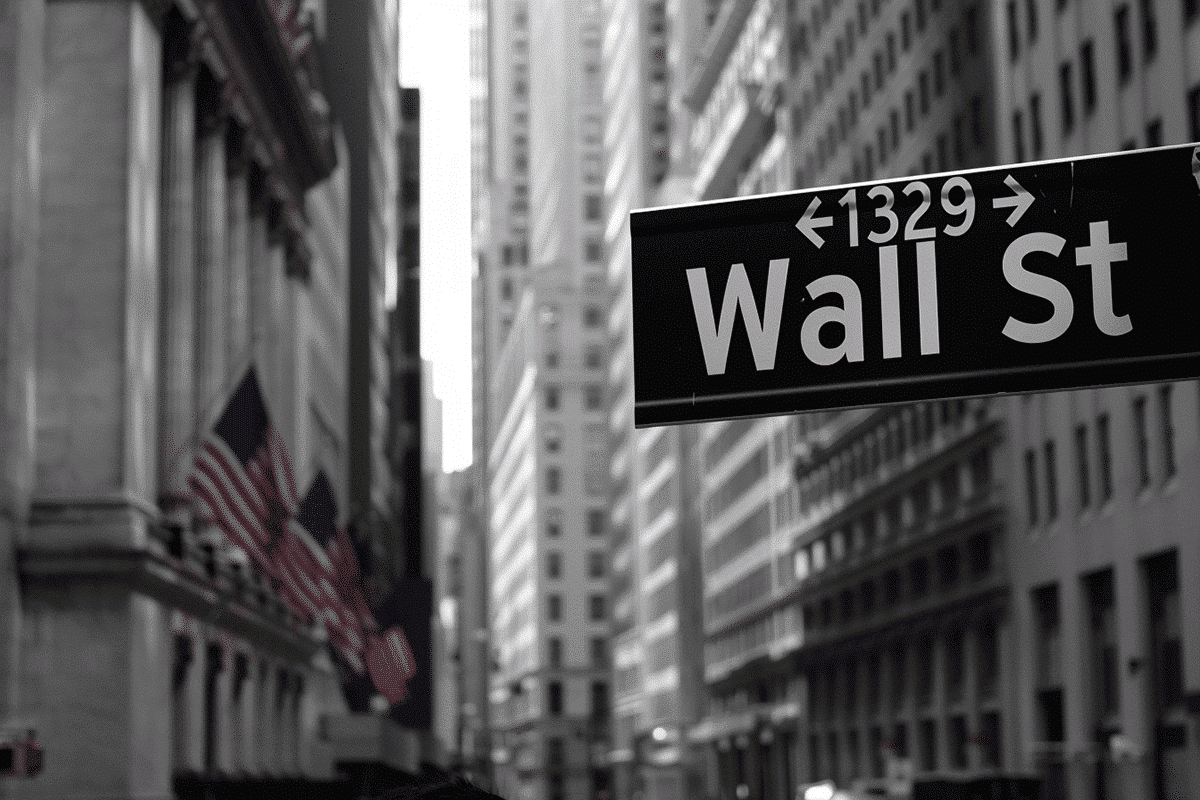Investors eyeing the housing sector are met with contrasting views on two prominent stocks, Owens Corning (OC -0.30%) and Stanley Black & Decker (SWK -0.12%). As the real estate market navigates challenges amidst relatively high interest rates, analysts’ opinions diverge on the potential trajectories of these companies.
Owens Corning emerges as a beacon of strength in the tumultuous market landscape. Analysts express increasing optimism, buoyed by the company’s solid performance within its end markets. With its recent acquisition of Masonite, Owens Corning fortifies its position in the industry, adding complementary building products to its portfolio.
In contrast, Stanley Black & Decker faces headwinds as analysts downgrade the stock, citing concerns over inventory management and market share struggles. While the company implements a restructuring plan aimed at cost reduction, challenges persist amidst a weak demand environment, necessitating a belief in the company’s ability to execute within its markets.
Barclays analyst Julian Mitchell’s recent downgrade of Stanley Black & Decker underscores the company’s inventory issues and the uphill battle to regain market share. Despite efforts to cut costs and streamline operations, the company’s performance continues to be hampered by tepid demand.
The divergence in analyst sentiment reflects the broader dichotomy within the housing market. While Owens Corning thrives, benefiting from its robust position in the roofing segment and resilience in the face of market challenges, Stanley Black & Decker grapples with obstacles to growth and market share recovery.
Owens Corning’s performance speaks to its adeptness in navigating market dynamics. With its roofing segment witnessing a 7% increase in sales in the first quarter, the company demonstrates resilience amidst industry fluctuations. The acquisition of Masonite further bolsters Owens Corning’s competitive edge, positioning it favorably for potential market recovery.
On the other hand, Stanley Black & Decker confronts hurdles in its quest for growth. While the company’s restructuring plan aims to cut costs by $2 billion by 2025, challenges persist in aligning inventory levels with subdued demand. Moreover, the need to invest significant capital to regain market share underscores the depth of the company’s struggles in recent years.
The contrasting trajectories of Owens Corning and Stanley Black & Decker underscore the nuanced dynamics at play within the housing sector. As investors weigh their options, the divergent paths of these two stocks offer insights into the broader market trends and the challenges facing companies operating within the industry.
In a market characterized by uncertainty, investors must carefully evaluate the fundamentals of each company and consider their respective positions within the evolving housing landscape. While Owens Corning stands as a beacon of strength, poised to capitalize on market opportunities, Stanley Black & Decker faces a challenging road ahead as it seeks to overcome hurdles to growth and regain market traction.




